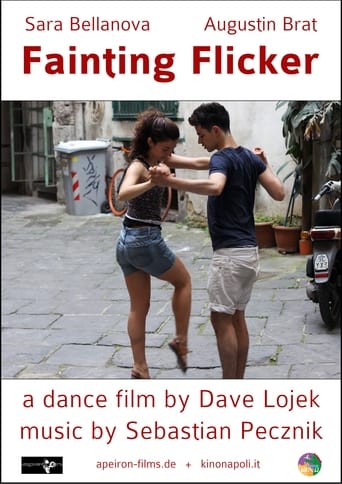
23 Jul 2016

Fainting Flicker
Two young strangers meet in Naples and begin to flirt and dance in the street.
From radical turntablism (Otomo Yoshihide) to laptop music innovation (Numb), via classical instrument hijacking (Sakamoto Hiromichi), Tokyo's avant-garde music scene is internationally known for its boldness. While introducing some of the greatest musicians of this scene, "We Don't Care About Music Anyway..." offers a kaleidoscopic view of Tokyo, confronting music and noise, sound and image, reality and representation, documentary and fiction.
Herself
Himself
Himself

23 Jul 2016

Two young strangers meet in Naples and begin to flirt and dance in the street.
01 Jan 1979
Szirtes's masterful experimental work is a dazzling composition of several years of filming within an industrial macro/microcosm, an abstract model of revolution and the beauty of daybreak.
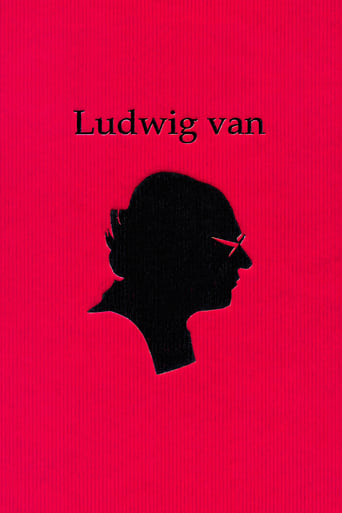
01 Jun 1970

An odyssey through Beethoven’s lasting presence and influence in our modern world – viewed through the eyes of the composer himself.
22 Jun 2012
Image by Carlos Casas. Double screen projection with live soundtrack. Images and sound captured on location. Somewhere in the tundra, Chukotka Region, Northeastern Siberia, Russian Federation. Music by Prurient. Published by Von Archives. N 66° 37’ 916, W 172° 40’ 353, Sept 2006.
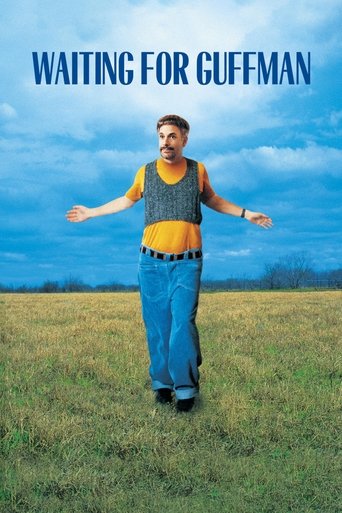
21 Aug 1996

Aspiring director Corky St. Clair and the marginally talented amateur cast of his hokey small-town musical production go overboard when they learn that Broadway theater agent Mort Guffman will be in attendance.

06 Dec 2013

Several comic greats pay tribute to the legendary stand-up stage founded by Budd Friedman in 1963.
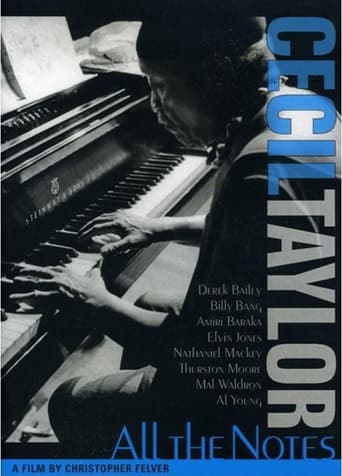
01 Jan 2005

Cecil Taylor was the grand master of free jazz piano. "All the Notes" captures in breezy fashion the unconventional stance of this media-shy modern musical genius, regarded as one of the true giants of post-war music. Seated at his beloved and battered piano in his Brooklyn brownstone the maestro holds court with frequent stentorian pronouncements on life, art and music.
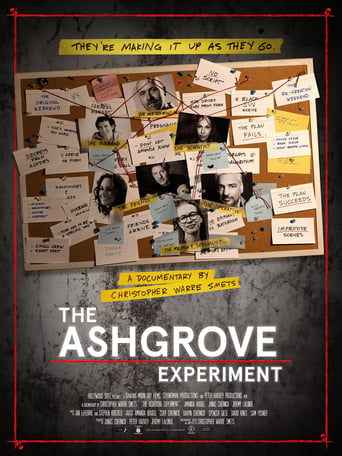
14 May 2024

An indie film crew throw caution to the wind when they attempt to shoot a completely improvised drama where the film's big twist is being kept secret from their lead actress, while also navigating on-set mishaps, bizarre twists of fate, and the first year of a global pandemic.
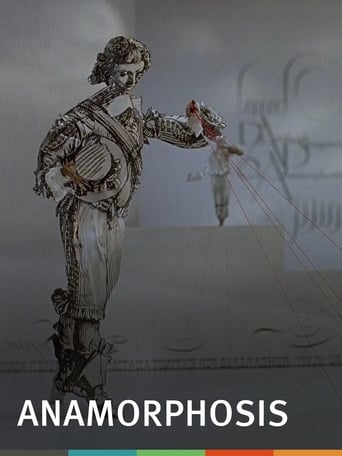
09 Apr 1993

The Quays' interest in esoteric illusions finds its perfect realization in this fascinating animated lecture on the art of anamorphosis. This artistic technique, often used in the 16th- and 17th centuries, utilizes a method of visual distortion with which paintings, when viewed from different angles, mischievously revealed hidden symbols.
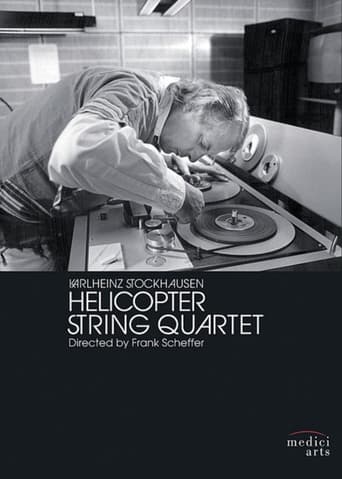
17 Oct 1996

One morning, the late Karlheinz Stockhausen awoke from a dream that told him to take to the sky. Stockhausen envisioned four helicopters swirling in the clouds, with each of a quartet’s members tucked inside his own chopper, communicating through headsets, stringing away in sync to the rotor-blade motors. He immediately set forth to make that dream a reality. In 1995, Dutch film director Scheffer followed Stockhausen in the days leading up to the premiere performance of his Helicopter String Quartet in Amsterdam. The resulting film offers a rare glimpse of Stockhausen as he patiently dictates every agonizingly detailed measure to the Arditti Quartet.
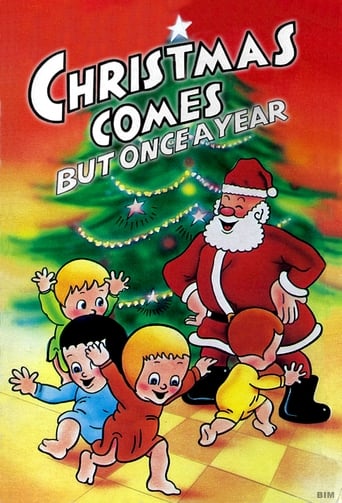
04 Dec 1936

At an orphanage, the children are sad because they received used defective toys as gifts. Professor Grampy sees the children while passing by in his sled and has an idea on how to give them a merry Christmas.

25 Jun 2006

Recorded at Auditório Ibirapuera in Sao Paulo , on 24 and 25 June 2006 , the album features the biggest hits singer-songwriter Lenine's career such as "Paciência" (Patience), "Jack Soul Brasileiro" (Since I am Brazilian), "Na Pressão" (On The Pressure), "A Rede" (The Net), "Hoje Eu Quero Sair Só" (I Want Go Out Alone, Today) and "A Medida da Paixão" (The Measure of Passion), plus new songs like "Tudo Por Acaso" (All By Chance). The album features special participations from musicians such as the Chilean Victor Astorga (the first English horn soloist with the Brazilian Symphony Orchestra), Cameroonian bassist and singer Richard Bona, Mexican singer Julieta Venegas, harpist Cristina Braga, the rapper Gog, and drummer Iggor Cavalera (ex-member of Sepultura). The DVD includes bonus material, plus making-of scenes, reviews, testimonials about the project, the guests and also footage of the 2006 World Cup, since the performance was recorded concurrently with it.
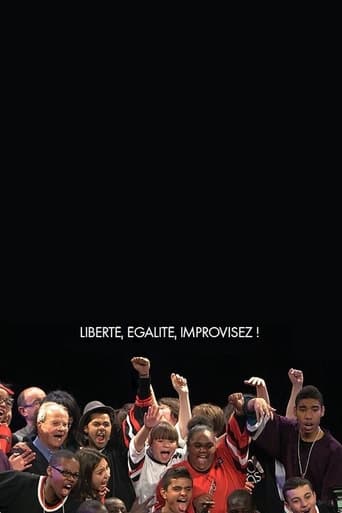
10 Sep 2014

No overview found
19 Nov 2009
The Darkness of Day is a haunting meditation on suicide. It is comprised entirely of found 16mm footage that had been discarded. The sadness, the isolation, and the desire to escape are recorded on film in various contexts. Voice-over readings from the journal kept by a brother of the filmmaker’s friend who committed suicide in 1990 intermix with a range of compelling stories, from the poignant double suicide of an elderly American couple to a Japanese teenager who jumped into a volcano, spawning over a thousand imitations. While this is a serious exploration of a cultural taboo, its lyrical qualities invite the viewer to approach the subject with understanding and compassion.
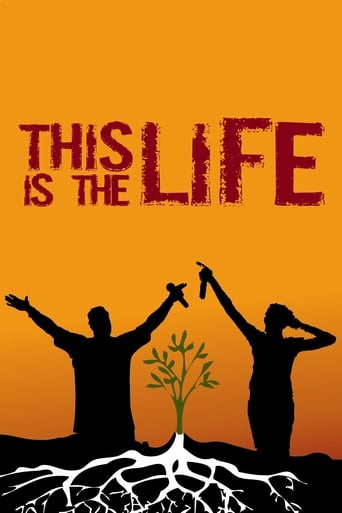
08 Feb 2008

In 1989, a collective of young hip hop artists gathered at a health food café in South Central Los Angeles. Their mandate? To reject gang culture and expand the musical boundaries of hip hop. DuVernay's documentary chronicles the historic legacy of the Good Life Cafe — the open mic nights that became an L.A. institution, the eclectic array of talented young MCs that emerged there, the alternative hip hop movement they developed, and their worldwide influence on the artform.
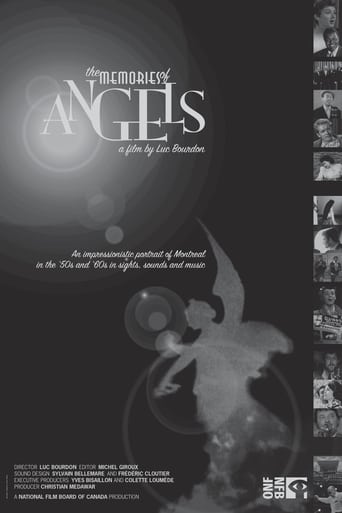
05 Sep 2008

Documentary, poetry and essay rolled into one, this compilation of stockshots and clips sourced from NFB productions of the '50s and '60s offers a singular lesson in Montreal history - its famous figures, symbolic places, and ordinary citizens. Without commentary, the film moves from the red light district to Jean Drapeau, the Jacques-Cartier market, department stores downtown, textile factories, and the construction of Place Ville-Marie. We meet Geneviève Bujold, Oscar Peterson, Monique Mercure, and Igor Stravinsky. We hear Raymond Lévesque, Jean Drapeau, and René Lecavalier.
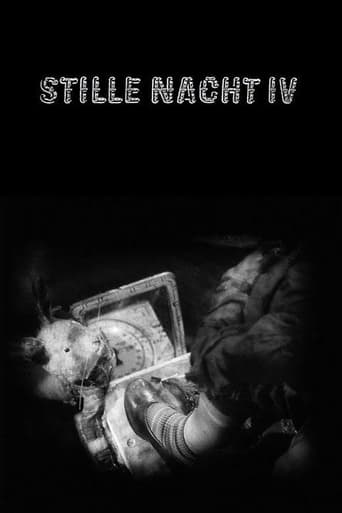
31 Dec 1993

Short animated film featuring the song "Can't Go Wrong Without You" by His Name Is Alive.
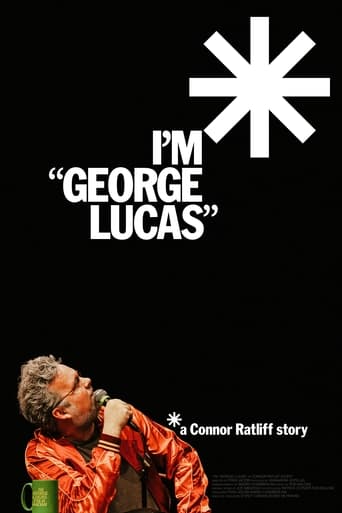
20 Jan 2024

Five years into performing as renowned filmmaker George Lucas in the cult comedy show "The George Lucas Talk Show", comedian Connor Ratliff questions the need for its continuation and his own drive for success and fulfillment in show business.
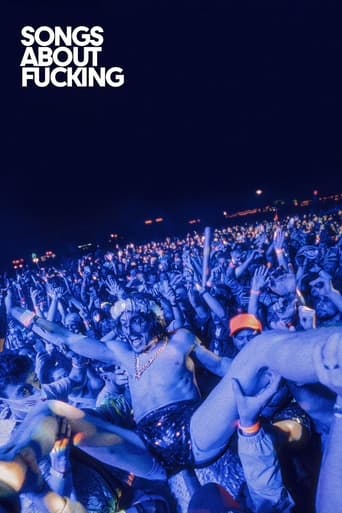
10 Jun 2023

Artist, showman, and robe-clad raconteur Marc Rebillet embarks on one of the first live music tours after COVID-19 lockdown.
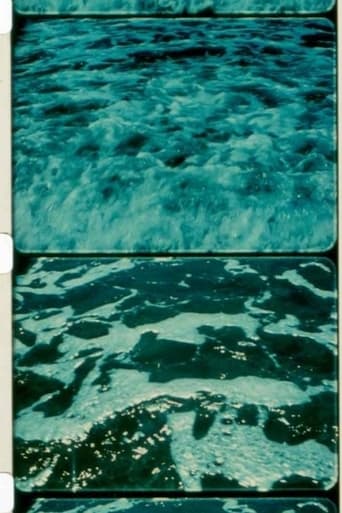
01 Jan 1991

"In his description for A CHILD'S GARDEN, Brakhage quotes from poets Ronald Johnson and Charles Olson (and cites Johnson's poem "Beam 29" as inspiration). But the film also vaguely calls to mind William Blake—more perhaps for his art than his poetry: there is both a sense of darkness and of mystical transport in Brakhage's images. The first film in the loose "Vancouver Island" quartet, Brakhage films locations around the British Columbia locale where his second wife, Marilyn, grew up. He films land, sea, and sky and intercuts frequently between them. Shots are often out-of-focus, to accentuate color and light; they are hand-held, upside down, and fleeting. All of this is no surprise for those who know Brakhage's work: anything and everything is valid, as long as it works." - Cine-File.info